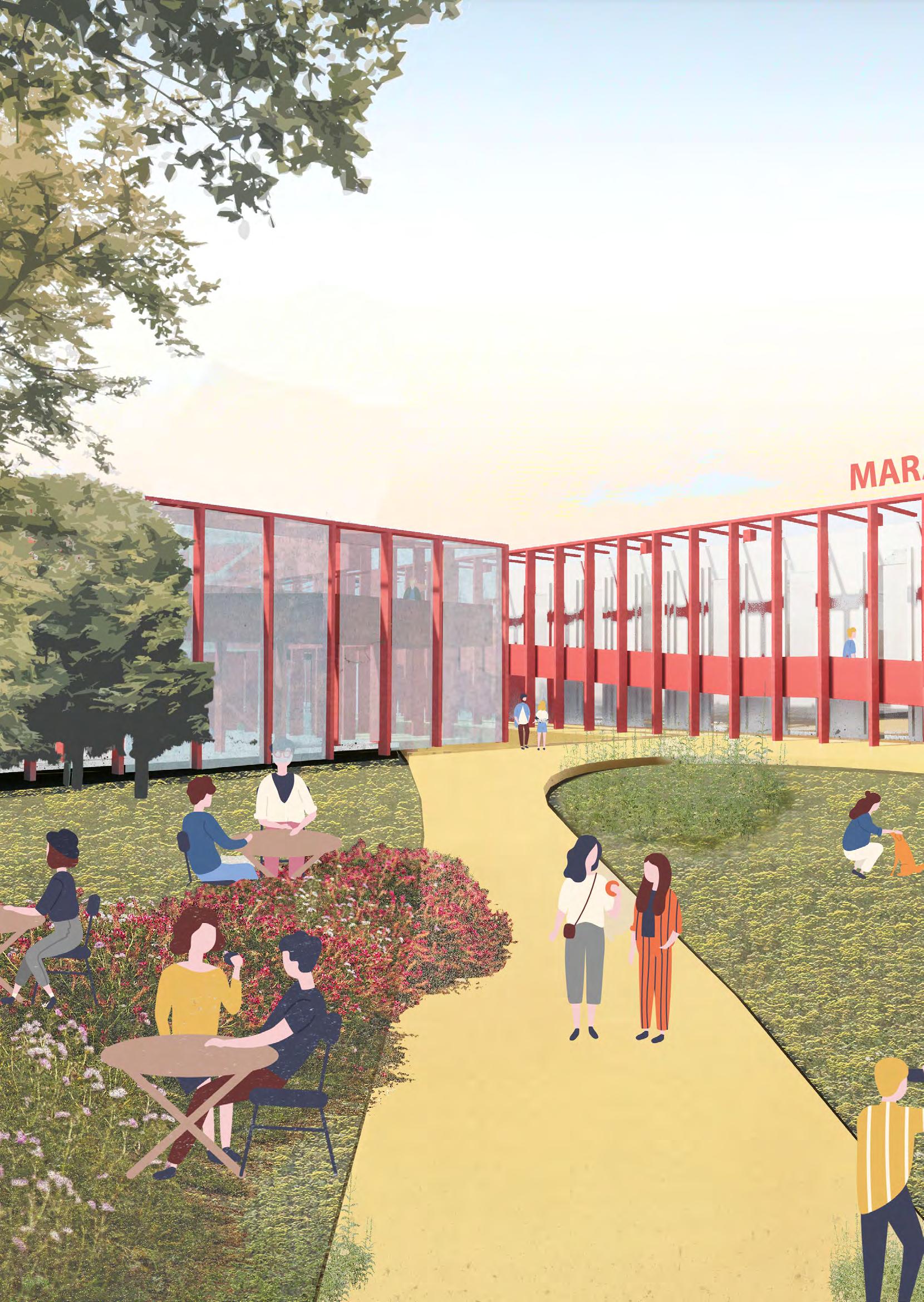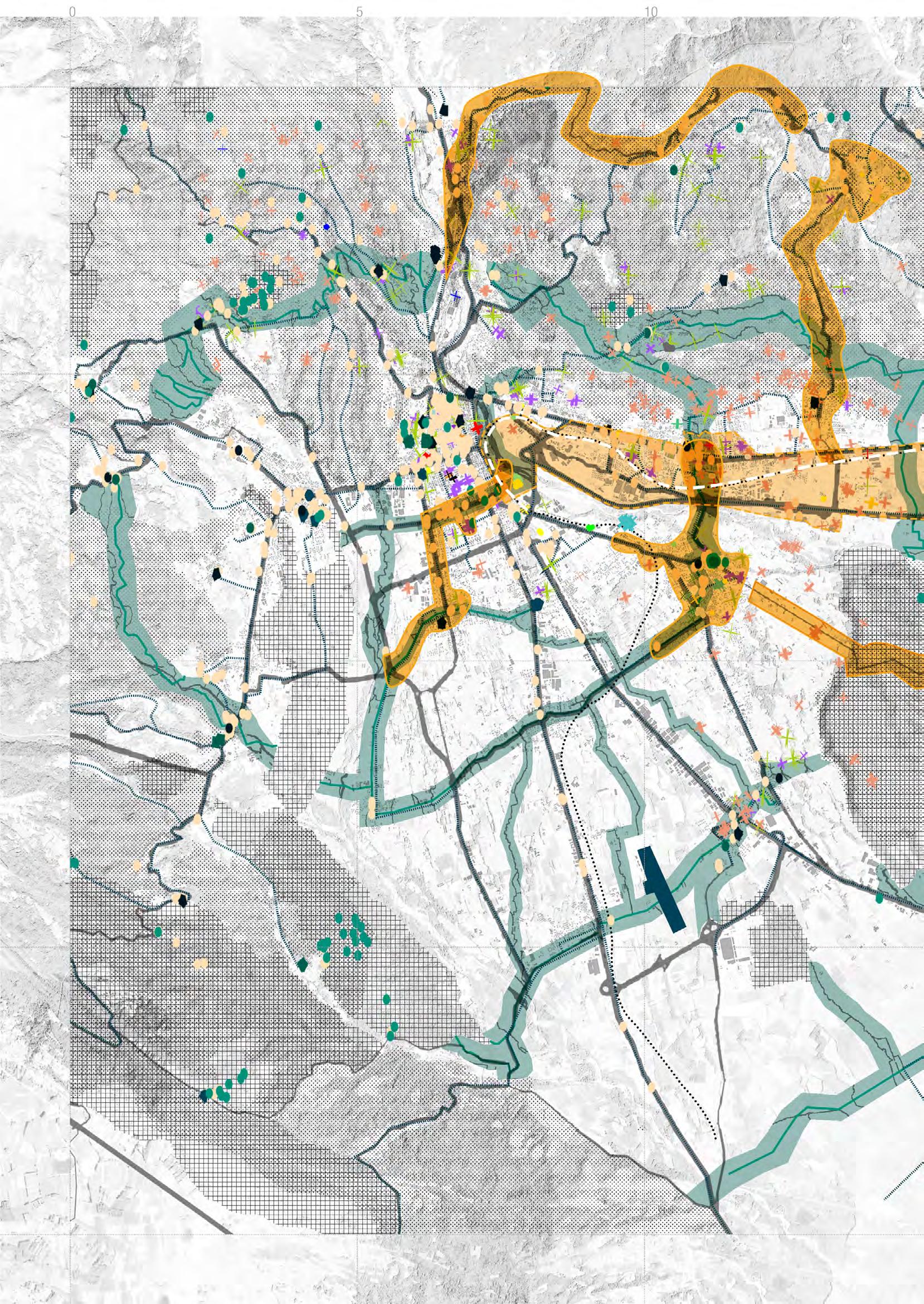
1 minute read
RECLAIMING WHITE ELEPHANTS
Masters’ Thesis for Laurea Magistrale in Architettura per il Progetto Sostenibile Bogotá, Colombia 2022 - 2023
This project aims to turn White Elephant projects
Advertisement

By reclaiming and repurposing a White Elephant in Teusaquillo, a historically significant district disadvantaged individuals and communities through an architectural intervention and its replications. It will involve the maximum number order to invert power roles and enhance citizens’ rights, while minimizing expenditure in order to create a sustainable and revolutionary solution

We can consider this project as a case study to evaluate the effectiveness of the strategies implemented, looking for results that can be shared and discussed with other professionals and communities interested in similar projects, in the hope of promoting replication and scaling. It should be made clear that in the context of this project, the use of the term “revolutionary” does not mean “never done before” but means disrupting a system that has been systematically installed and in need of a rebalance of the situation in social benefits of a wider community. The design strategies for this project were organized into six conceptual categories, each with their own specific interventions. This approach allows for the replication of the project’s overall goals and strategies, while also allowing for flexibility in the implementation of the specific interventions.
Detailed section of repurposed White Elephant

Architecture is developed as a strategy to demonstrate that a social movement is to be achieved. The goal of the project is to provide an alternative approach to architecture that prioritises the needs and well-being of the community over the interests of a selected few, to promote social and economic equity, and to challenge the status quo of traditional development practices.
At the same time, the concept of community engagement and empowerment is central to the project. Encouraging active participation from the local community in the design process and ongoing management of the space will ensure that it meets the needs and aspirations of those who will use it.







